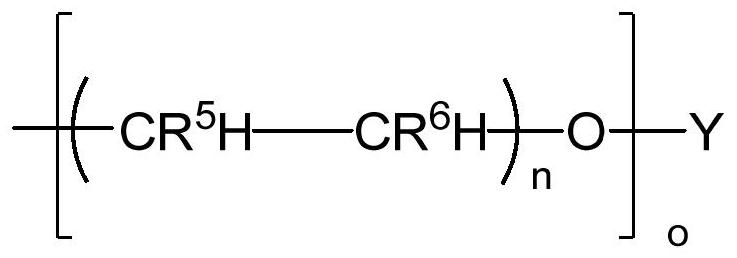Reusable 3D printing material and its preparation method
A 3D printing and filler technology, applied in the preparation of materials for 3D printing, in the field of materials for 3D printing based on quadruple hydrogen-bonded supramolecular polymers, can solve problems such as the inability to apply temperature-sensitive models
- Summary
- Abstract
- Description
- Claims
- Application Information
AI Technical Summary
Problems solved by technology
Method used
Image
Examples
preparation example Construction
[0080] Synthon preparation
[0081] 2-ureido-4[1H]-pyrimidinone can be prepared by reacting the corresponding isocytosine with the corresponding isocyanate. Isocytosine can be prepared by condensation reaction of corresponding β-ketoester with guanidine.
[0082]
[0083] [beta]-Ketoesters are prepared in a number of ways. Among the most commonly used are the following three
[0084] 1) Prepared by the alkylation of the divalent ions of the corresponding haloalkanes and ethyl forma(ethyl)acetate;
[0085] 2) It is prepared by first reacting the corresponding acid chloride with ethyl acetoacetate, and then deacylation of an acetyl fragment;
[0086] 3) The corresponding acid chloride reacts with monoethyl malonate potassium salt and magnesium ion salt, and then adds hydrogen ion to remove an acetyl fragment and prepare it with magnesium ion.
[0087] The process of reaction 1 is as follows
[0088]
[0089] Ethyl acetate and sodium hydride react in tetrahydrofuran to...
Embodiment 1
[0272] 1 is divided into the following groups
[0273] Polymer 1 200g
[0274] Nano calcium carbonate 20g
[0275] Coster KR312 (Red) 1g
[0276] 2 Preparation method
[0277] Add 2000mL of chloroform to dissolve and make a paste, concentrate to 500mL, and dry to obtain a uniformly dispersed supramolecular polymer-based 3D printing material.
[0278] The material can be extruded into filaments at 60°C after crushing.
Embodiment 2
[0280] 1 is divided into the following groups
[0281] Polymer 2 200g
[0282] Silica 20g
[0283] Cabot 2014 Black Mother 1g
[0284] 2 Preparation method
[0285] Add 2000mL of chloroform to dissolve and make a paste, concentrate to 500mL, and dry to obtain a uniformly dispersed supramolecular polymer-based 3D printing material.
[0286] The material can be extruded into filaments at 60°C after crushing.
PUM
 Login to View More
Login to View More Abstract
Description
Claims
Application Information
 Login to View More
Login to View More - R&D Engineer
- R&D Manager
- IP Professional
- Industry Leading Data Capabilities
- Powerful AI technology
- Patent DNA Extraction
Browse by: Latest US Patents, China's latest patents, Technical Efficacy Thesaurus, Application Domain, Technology Topic, Popular Technical Reports.
© 2024 PatSnap. All rights reserved.Legal|Privacy policy|Modern Slavery Act Transparency Statement|Sitemap|About US| Contact US: help@patsnap.com










